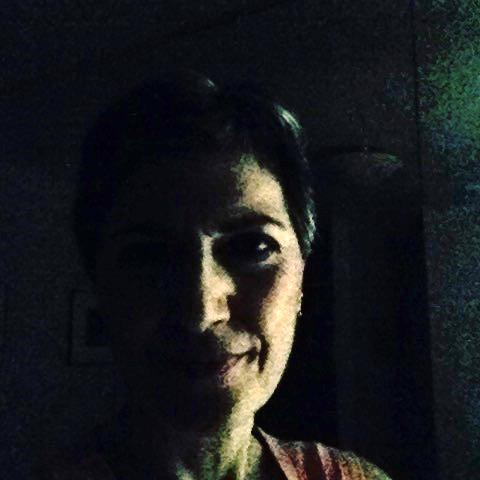Interview with Web Designer Gavin Golden
- May 30, 2016
- Blog
- 2 Comments
I wanted to revamp my website but had no idea how to pick a designer. Then it came to me: When I see a website I like, contact its designer. And so I did—author Helen Harper’s site (http://helenharper.co.uk/) led me to Gavin Golden, a personable web designer with a background in systems analysis and design. He did a wonderful job and consented to be interviewed here.
Gavin, when I realized you were living in Malaysia, I almost didn’t hire you! I wasn’t sure if our software, the time difference, and money exchange would create problems. But I think it all went pretty smoothly. Do you find living where you do to be a challenge in terms of finding work?
It’s something I keep in mind at the very start of a project. I do try to be upfront and manage expectations right away. If people are staying away because of it, they’ve never told me! It’s only really an issue with the Americas, as the 12-hour difference gives a narrow window for communication. I do also have to make it clear sometimes that I am an actual qualified programmer with native English—there’s a stereotype about the “Asian IT guy with the fake Western name just reading from a script” that can put people off, justifiably or not.
By building up a relationship with a client where they can trust that I’ll be honest, that when I say it can be fixed I mean it and that I really do want to get the issue fixed for them ASAP, distance and circumstances become less of a problem. I want them to think of me as “Gav from il.lustr.us” rather than “some guy in Malaysia.”
Do clients ever say, “Oh that’s wonderful, now make it cooler?” How do you deal with those abstract “I don’t know what I want but make it great” requests?
I do expect some adjustments. I try my best to make a mockup that represents how the design will look (and to have the client agree that that is what they want) in advance of getting into the nitty gritty of code, but it’s a bit like shopping for clothes. Sometimes it can look great on the rack but once you try it on for real you see the problems. Which is fine! I’d rather have a mockup “on the rack” rejected than an entire design.
Coming from a programming and systems design background, I have plenty of experience turning a process into logic and then into code, but I’m not sure anything ever prepares you for trying to turn a three-sentence website request into a design. Nontechnical clients are understandably going to be less able to describe what they want or like, and sometimes clients with some understanding can be worse. I always try to create a dialogue with clients about what they like and don’t like, so that we get to where we want even if it’s by trial and error.
What would you like to be asked?
I’d like to be asked how “programmer-designer-photographer” fits on my business card. I know that it is something people think is a bit strange or indicative of a jack-of-all trades, but I’ve never had the opportunity to refute that. I’ve always enjoyed all three; so my current situation of alternating these roles is personally very satisfying. The real problem is convincing others that these are complementary disciplines.
Programmers have a pretty unexciting reputation. The fashionable term at the moment is “software engineer,” which is fine. A less kind nickname is “code-monkey,” a basher of buttons until something works. How unfair! I don’t think these terms convey that producing software isn’t just technical know-how but does often become an art in itself. No one would deny a master carpenter recognition of art in the finish of a piece of furniture, even if it began with clinical measurements and sawing. Programming presents you with problems, sometimes with one solution, often with millions. The little adrenaline rush when you solve a problem elegantly gets you through the rest of the day. It’s the same feeling as when you move a graphical element an inch to the left and suddenly it’s beautiful; it’s the same feeling as when you line up a photograph half a second in advance and click—and know before you ever see the result that you’ve captured a moment to enjoy forever.
In the end you might be the only one to see it; users don’t usually trawl through the source code of the hundreds of different software apps they use every day, so you could just bash out a solution in any ugly manner and usually achieve the same result. But, as they say, we make art for art’s sake.
You can find Gavin at il.lustr.us.
- Photo by Gavin Golden

